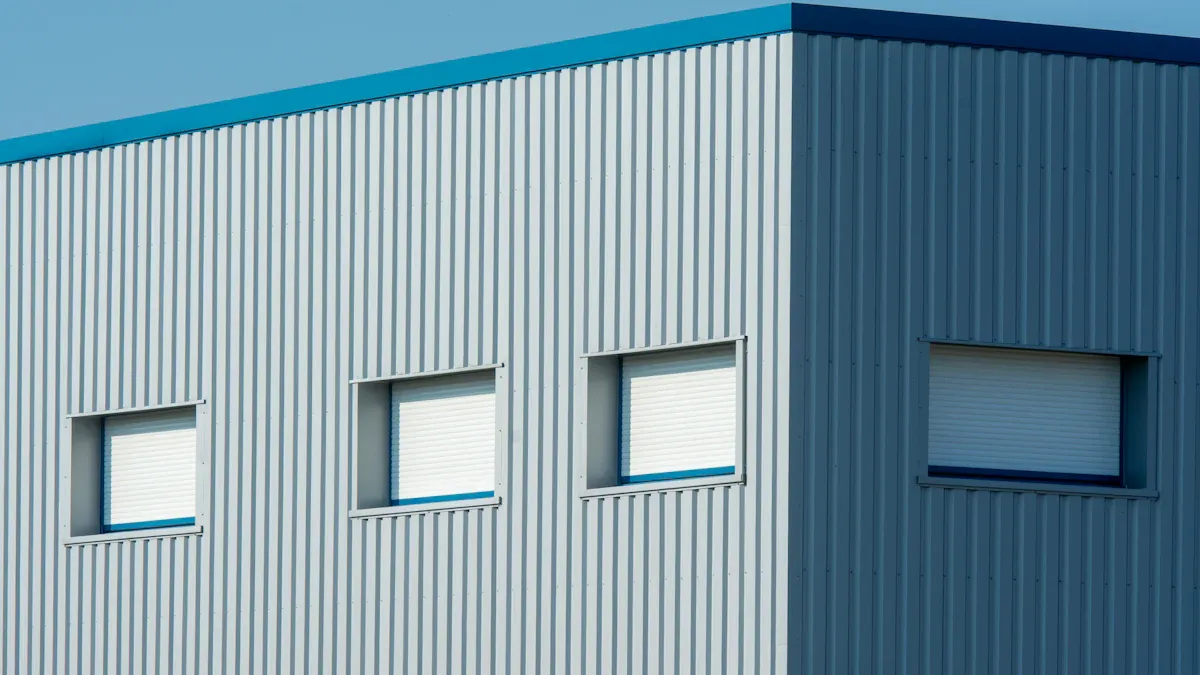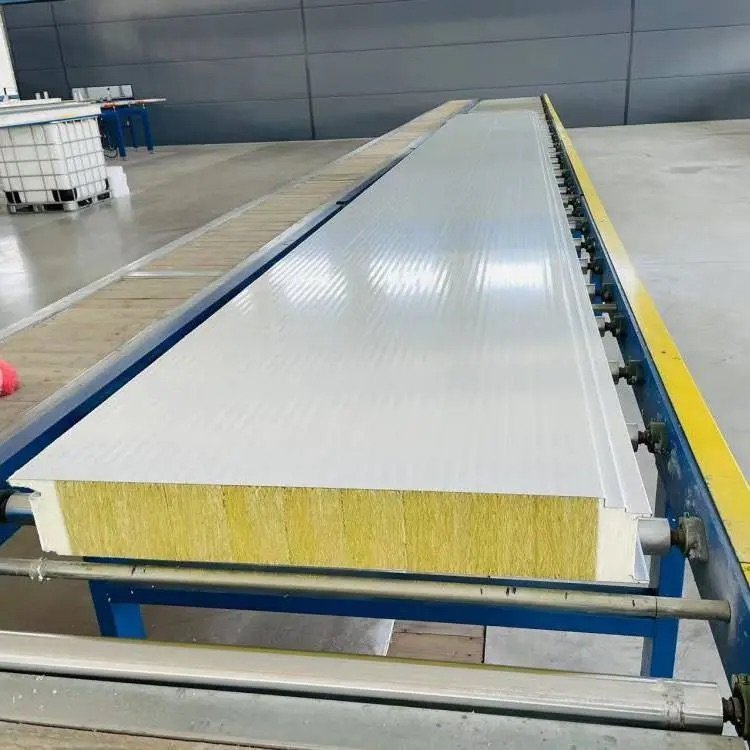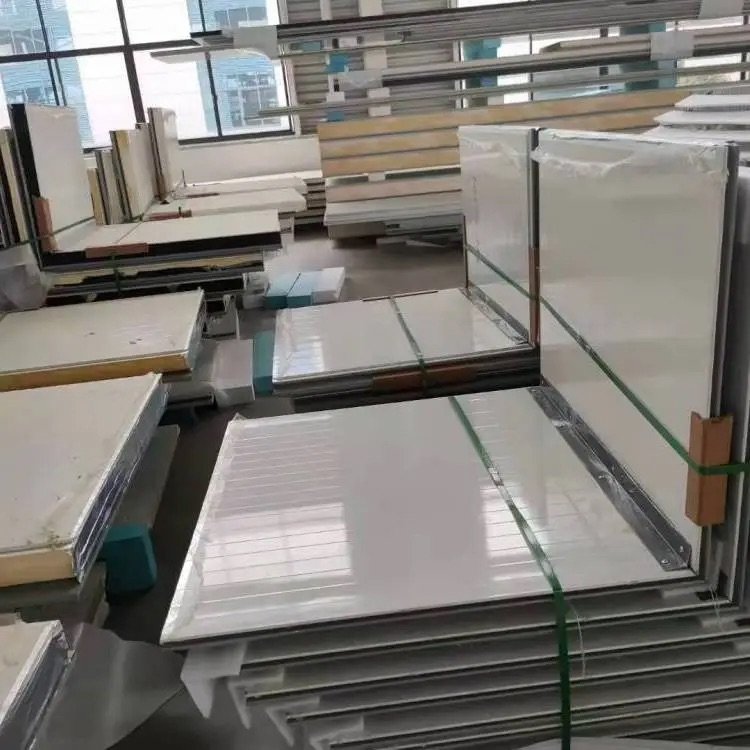When picking Rockwool sandwich panels, cost considerations are very important. These panels work well and last long but cost more than other materials. For example, Rockwool insulation costs $1.40 to $4 per square foot. This price affects what materials are chosen for building projects.
More people want sandwich panels because they are useful. In 2020, the market for PUR and PIR sandwich panels was worth $675.27 million. By 2028, it is expected to grow by 7.82% each year. This growth shows they save money, are light, and last a long time. They are a good choice for insulation and building projects, especially when cost considerations are taken into account.
Key Takeaways
Think about the starting price of Rockwool panels and future energy savings. They might cost more at first but save money later.
Pick trusted makers who give good warranties and help customers. This makes sure the panels work well and protect your money.
Check how well Rockwool panels keep heat or cool air inside. They can cut down heating and cooling costs a lot.
Find companies that use green methods and recycled stuff. This helps the planet and might save you money too.
Know that while setup costs may be higher, Rockwool panels are simple to install, which can lower worker costs.

Key Cost Considerations for Rockwool Sandwich Panels
Material Quality and Its Impact on Cost
The quality of materials affects the price of Rockwool panels. Better materials, like steel and polymers, cost more. For example, steel prices went up by 40% in 2022. This made manufacturers raise prices to stay competitive. Similarly, polyurethane costs increased by 28% in 2021. This change impacted production costs and design options.
Factor | Effect on Price |
|---|---|
Raw Material Costs | Make up 55–65% of costs; big increases cause 12–18% price jumps. |
Steel Prices | Steel rose 40% in 2022, forcing higher panel prices. |
Polymer Costs | Polyurethane rose 28% in 2021, affecting designs and profits. |
Regional Issues | European makers face higher costs due to imported steel. |
Long-term Deals | Help manage price changes; smaller companies struggle without them. |
Stock Management | Just-in-time buying raised costs during shortages; stockpiles helped. |
New Technology | Using thinner steel and recycled materials lowers costs but needs research funding. |
Technology also helps lower costs. Companies using recycled materials or thinner steel save money later. But these changes need upfront spending on research and development.
Insulation Efficiency and Energy Savings
Rockwool insulation saves energy and cuts heating or cooling costs. Its thick structure keeps heat from escaping or entering. This lowers energy bills and makes it a smart choice for homes and businesses.
Using Rockwool also helps the environment. It reduces energy use, which lowers your carbon footprint. Over time, the money saved on energy can cover the initial cost. This makes Rockwool a good long-term investment.
Durability and Lifespan of Rockwool Panels
Rockwool panels last a long time, making them worth the cost. Unlike other materials, they keep their shape and work well over time. They don’t sag, break down, or get damaged by pests or sunlight.
Its inorganic makeup resists damage from the environment.
Rockwool panels can last 75 to 100 years. Taking care of them can make them last even longer. This durability means fewer replacements and more savings over time. Choosing Rockwool gives you reliable performance and long-term value.
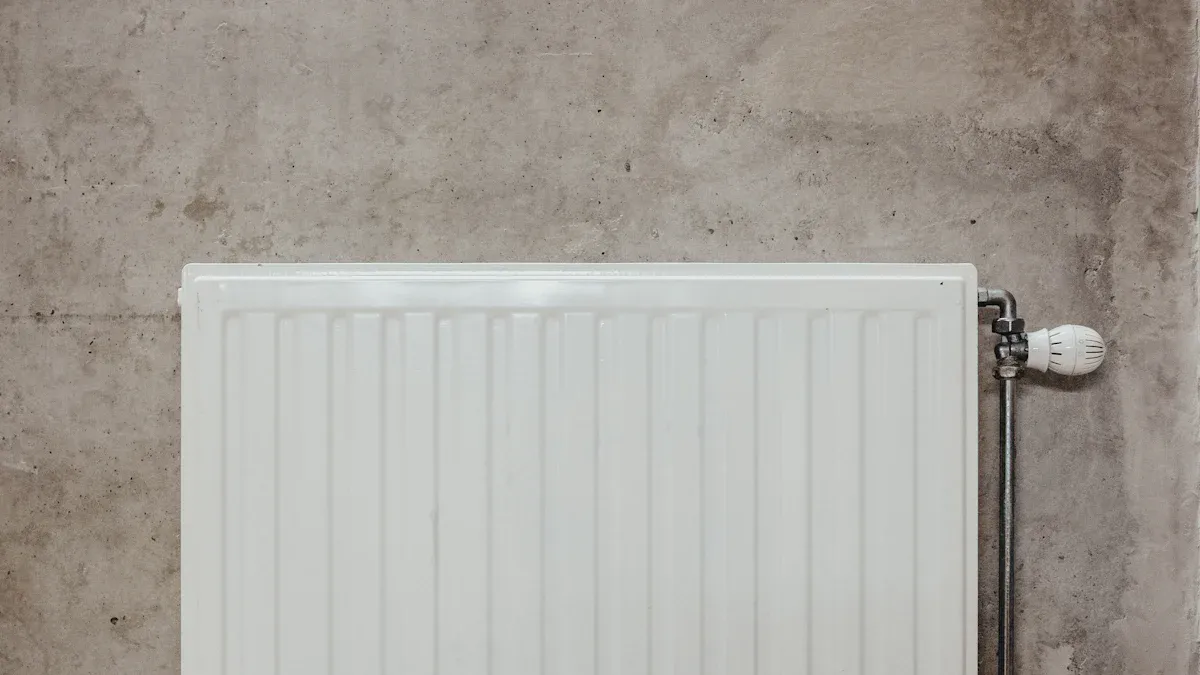
Additional Cost Factors to Think About
Installation Costs and Labor Needs
The cost of putting in Rockwool sandwich panels includes installation. These panels are easier to install than older materials. This makes labor cheaper and saves time. Their light weight helps workers handle them quickly, cutting costs. But, Rockwool insulation costs 10% to 25% more than fiberglass with the same R-value. Even though it costs more upfront, easier installation lowers labor costs.
In 2023, the global market for Rockwool roof insulation was worth $9.7 billion. By 2032, it might grow to $15.6 billion, with a yearly growth rate of 5.4%. This shows more people want better and cheaper insulation options.
Maintenance Costs Over Time
Rockwool sandwich panels need little care, saving money over time. They don’t soak up water, so mold and damage are less likely. This strong material means fewer repairs or replacements. Their fireproof feature also improves safety and might lower insurance costs.
In 2020, the EMA Rockwool market was worth $1.4 billion. By 2030, it could grow to $2.2 billion. This steady rise shows how reliable and valuable Rockwool panels are for homes and businesses.
Long-term Savings from Energy Efficiency
Rockwool panels save energy and cut costs over time. They keep indoor temperatures steady, lowering heating and cooling bills. This energy-saving feature also helps the environment by reducing carbon footprints.
These panels last up to 100 years, giving long-term value. They don’t need frequent replacements and stay fire-resistant. Their easy setup and durability make them a smart choice for big projects.
Tip: Even though Rockwool sandwich panels cost more at first, their energy savings and low upkeep make them worth it.
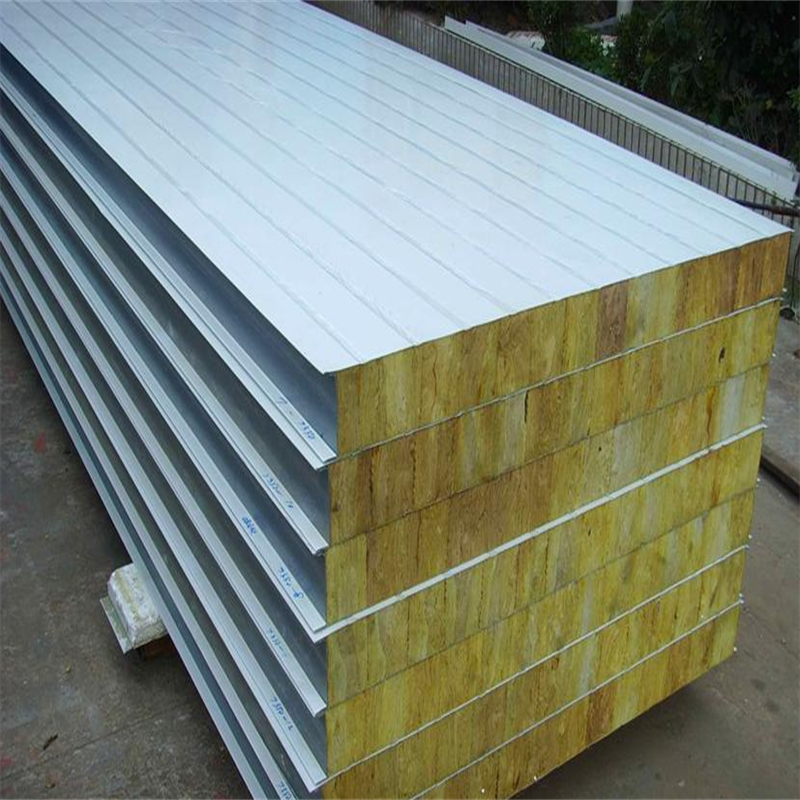
Comparing Rockwool Insulation with Other Materials
Cost and Performance of Rockwool vs. Other Options
When picking insulation, think about cost and how it works. Rockwool is a good mix of price and performance. It insulates well, resists fire, and lasts long. Renewable materials like Rockwool work as well as non-renewable ones.
Rockwool costs more than fiberglass but blocks heat better.
Studies show renewable materials like Rockwool last longer and help the planet.
Mineral wool is great, but HD fiberglass might be cheaper for some uses.
Rockwool costs more at first but gives value over time.
Why Rockwool is Better for Fire Safety and Insulation
Rockwool is safer and insulates better than other materials. It can handle heat up to 2,150°F, while fiberglass melts at 1,100°F. This makes Rockwool a safer choice for buildings needing fire protection.
Insulation Type | Fire Resistance (°F) | R-Value per Inch |
|---|---|---|
Rockwool | Up to 2,150 | 4 to 4.2 |
Fiberglass | Melts at 1,100 | 3 to 3.2 |
Rockwool’s higher R-value means it keeps heat in or out better. It also doesn’t soak up water, so it stays reliable for years.
Spending More Now to Save Later
Rockwool panels cost more upfront but save money later. They are made of 60% recycled materials and can be recycled fully. They last longer, need fewer replacements, and save energy by lowering heating and cooling bills.
Benefit | Description |
|---|---|
Recycled Content | Made with 60% recycled materials. |
Quick Carbon Payback | Saves energy in 6 months to 2 years, offsetting production impact. |
Long-lasting | Outlasts other insulation, reducing waste and replacements. |
Energy Efficient | Cuts greenhouse gas emissions over a building’s lifetime. |
Rockwool gives steady performance, fire safety, and helps the environment. Spending more now saves money and energy later, making it a smart choice.
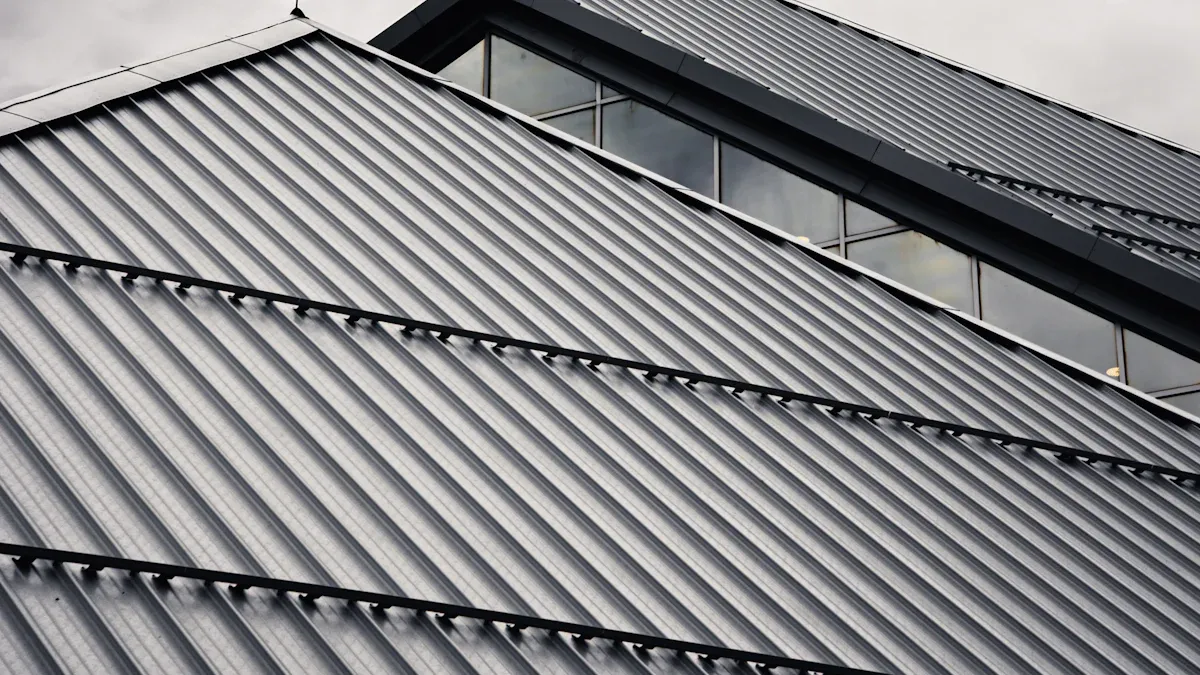
Practical Tips for Picking a Manufacturer and Managing Costs
Checking Manufacturers for Quality and Price
Pick manufacturers who make strong and reliable panels. Good companies test their products to ensure they last long. They should have systems to check quality and make sure panels work well.
Manufacturers with modern machines create panels that meet safety rules. These panels keep heat in, resist fire, and stay strong. Skilled teams from experienced companies also help during and after installation.
Factor | What to Look For |
|---|---|
Companies should test panels to ensure they are durable. | |
Customer Help | Choose companies that answer questions and offer good support. |
Experience | Experienced manufacturers with skilled teams give better service. |
Eco-Friendly Practices | Pick companies that follow environmental rules and use green methods. |
Modern Machines | Manufacturers should use advanced tools to meet safety standards. |
Product Features | Panels should insulate well, resist heat, and be fireproof. |
Looking at these points helps you find good panels at fair prices.
Custom Designs and Their Costs
Custom panels can fit your project needs but cost more. Special sizes, colors, or finishes raise production costs. Companies charge extra for custom designs because they need more materials and work.
Focus on the most important custom features to save money. Talk to the manufacturer about cheaper options for your needs. Some companies give discounts for big orders, which can lower costs. Compare prices from different manufacturers to get the best deal.
Why Warranties and Support Matter
Good warranties and helpful support protect your investment. Companies offering long warranties show they trust their product quality. After-sales services like repairs, installation help, and free parts add value.
Long warranties lower surprise repair costs.
Support helps panels work well for years.
Services like checks and replacements save money over time.
Choose manufacturers with great customer service and strong warranties. These features keep your panels working well and make your investment worthwhile.
Picking the best Rockwool sandwich panels means thinking about costs carefully. Look at material quality, setup costs, and energy savings over time. These things affect your budget and the value you get later.
Tip: Try to balance the starting cost with future savings. Strong and energy-saving panels can save more money over time.
When choosing a maker, check for good quality, warranties, and support. Compare choices and ask if they offer bulk discounts. This way, you can make a smart choice that fits your project’s needs.
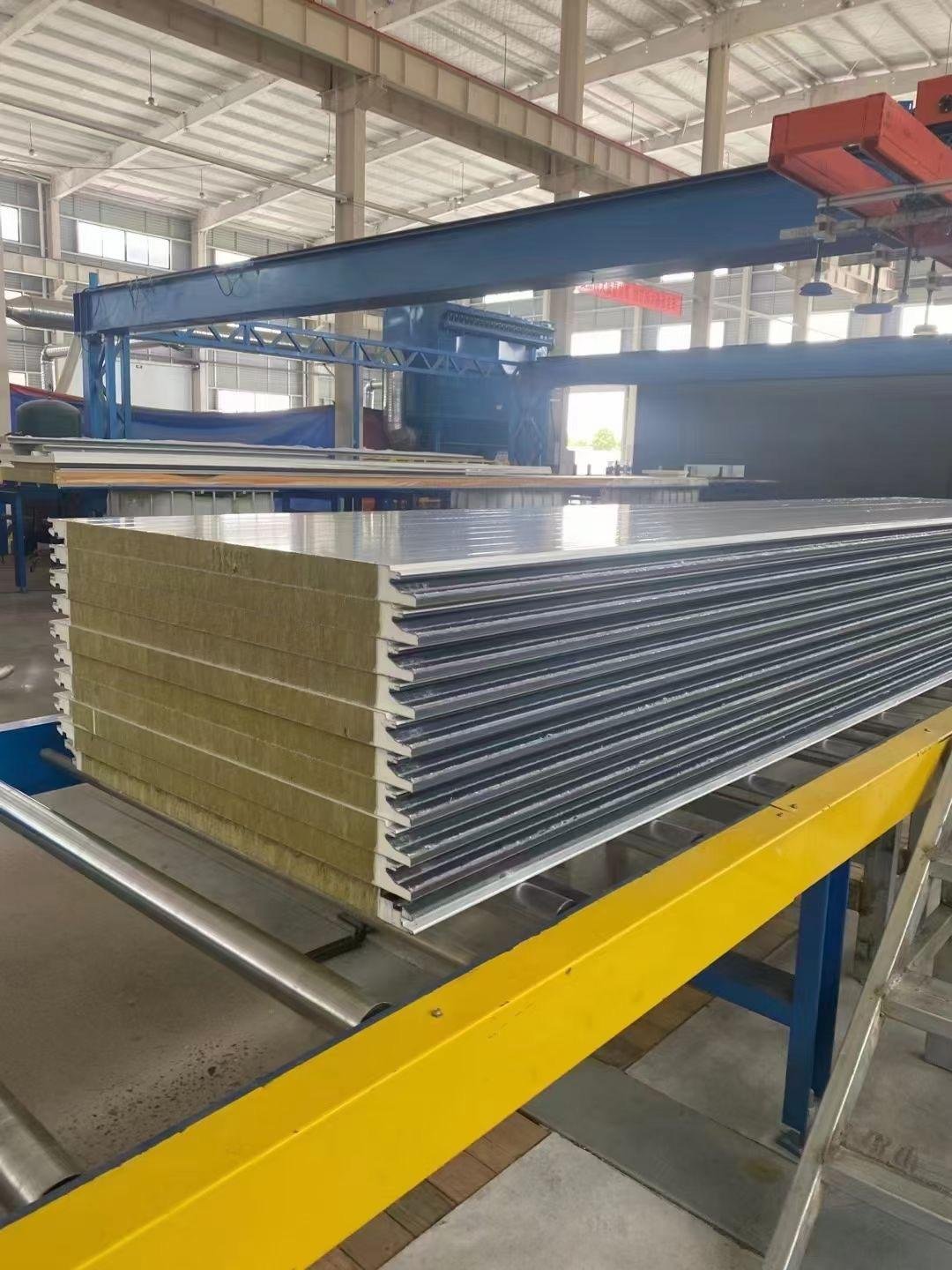
FAQ
Why are Rockwool sandwich panels more costly than other materials?
Rockwool panels cost more because they use top-quality materials. They resist fire and last a long time. Their great insulation and durability make the higher price worth it. Over time, energy savings and low upkeep balance out the upfront cost.
Can Rockwool sandwich panels work in all weather?
Yes, Rockwool panels are good for any weather. They keep buildings warm in winter and cool in summer. They also resist water, so they’re great for rainy or humid places.
How do Rockwool panels help save energy?
Rockwool panels save energy by keeping indoor temperatures steady. Their high R-value stops heat from escaping or entering. This lowers heating and cooling bills, saving money over time.
Are Rockwool panels recyclable?
Yes, Rockwool panels are eco-friendly and can be recycled. They are made with up to 60% recycled materials. At the end of their use, they can be fully recycled, making them a green choice.
Do Rockwool panels need special care?
No, Rockwool panels need very little care. They don’t absorb water, mold, or attract pests, so repairs are rare. Their fireproof feature also adds safety and reduces replacement costs.
Tip: Check your panels regularly to keep them working well for years.


